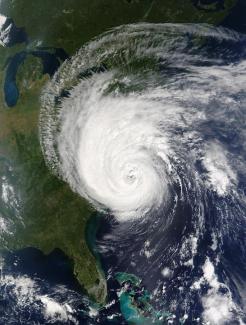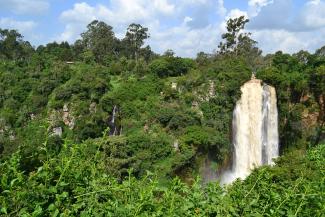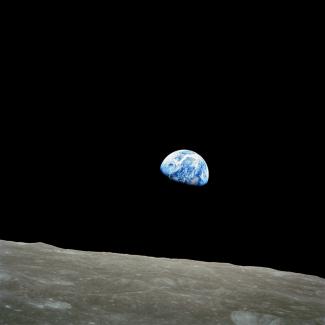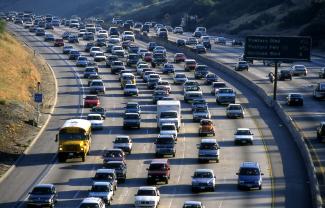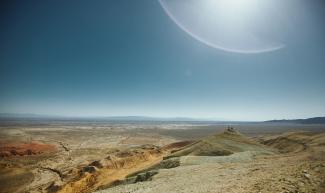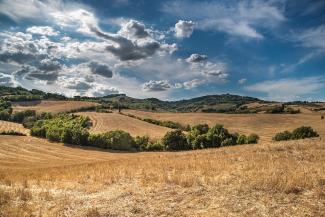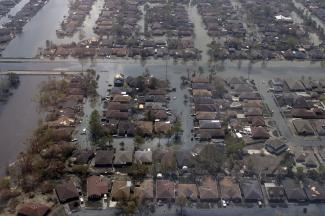Green Work Makes the Dream Work: Introducing BRIGHT’s Green Jobs Repository
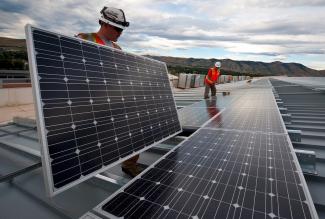
Solar panels, wildlife observatories, and rain barrels, oh my! How can the Environmental Law Institute’s Blight Revitalization Initiative for Green, Healthy Towns (BRIGHT) Area-Wide Planning Guide help your community implement green infrastructure? The BRIGHT guide compiles research on brownfields revitalization to empower communities and municipalities with some helpful tools to turn a brownfield into an economic opportunity. BRIGHT recognizes the economic and community-building potential that green infrastructure development can have for a community.
